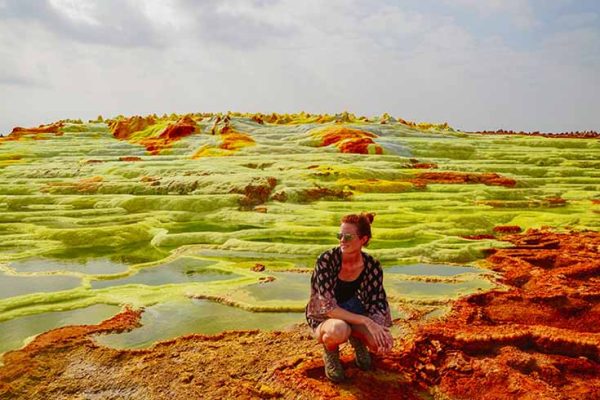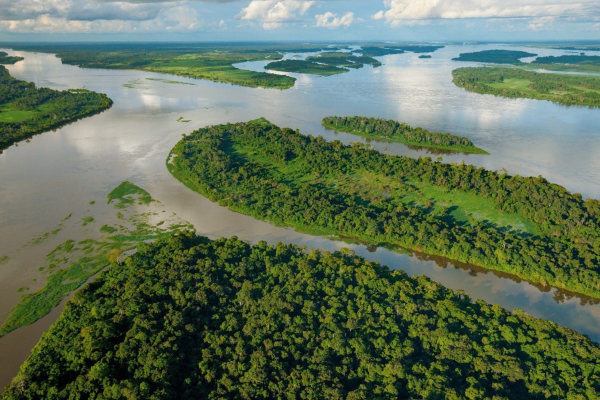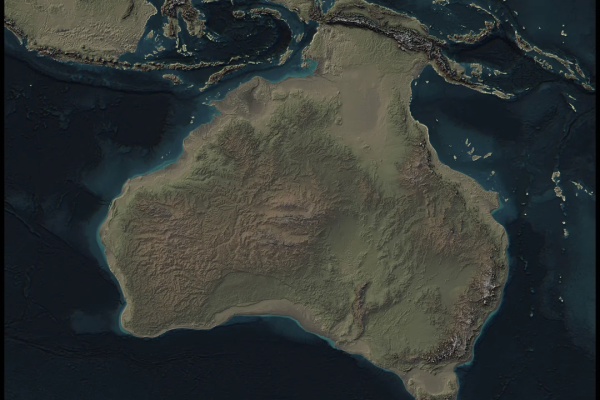
Iced Matcha Latte, Minuman Hijau Segar yang Menyegarkan dan Penuh Manfaat
solsticeuniversity.com – Iced Matcha Latte adalah varian dingin dari matcha latte yang semakin populer di kafe-kafe seluruh dunia, termasuk Indonesia. Minuman ini menggabungkan bubuk matcha premium dengan susu dingin dan es batu, menghasilkan rasa creamy, earthy, dan sedikit manis yang menyegarkan. Berbeda dari kopi latte, matcha latte bebas kafein jittery tapi tetap memberikan energi stabil…








